For dog owners, there's nothing quite like exploring the great outdoors with your furry companion. Fortunately, the National Trust, renowned for preserving and protecting some of the UK's most stunning natural and historical sites, offers numerous dog-friendly options. In this blog post, we'll guide you through the best dog-friendly National Trust properties and sites near you, ensuring both you and your four-legged friend can enjoy a memorable day out.
The National Trust's Commitment to Dog-Friendly Policies
The National Trust has a strong commitment to welcoming dogs and their owners. Many of their properties, gardens, and estates are dog-friendly, as long as canine code is followed. They teamed up with one of favourite food brands, Forthglade, to create the canine code; it has 4 key rules.
- Keep them close - use a short lead when walking your dog to keep them from disturbing ground-nesting birds and farm animal
- Pick up poo - make sure to have some poo bags to hand to clean up after your dog
- Watch the signs - make sure to read any signage to double check where you're walking is dog friendly, some areas are only dog friendly at certain times of year
- Stay on the ball - as much as we love our four-legged friends, they can be scary to some people. We advise making sure they don't run up to people so that everyone can enjoy their walks
10 Dog-Friendly National Trust Properties
1. Lyme Park, Cheshire
Lyme Park is a dog-friendly National Trust property nestled in the heart of Cheshire. With over 1,400 acres of parkland and woodland to explore, your dog will have a field day here. The sweeping vistas and stunning mansion make this a great place for both human and canine history buffs.
2. Trelissick, Cornwall
Trelissick, located near Truro in Cornwall, offers a beautiful garden and estate that welcomes dogs. Meander through the gardens and woodlands while taking in breathtaking views of the Fal River.
Enjoy a short stroll across the parkland that overlooks the estuary and sea with views as far as your eye can see. Or, take a longer a trek down through the trees to Roundwood Quay.
3. Petworth House and Park, West Sussex
In the picturesque county of West Sussex, you'll find Petworth House and Park. Dogs on leads are welcome in the parkland surrounding the grand house, making it a delightful destination for a dog walk, you may even spot some deer!
4. Goddards' Garden, Yorkshire
If you're looking for a serene garden setting to explore with your dog, Goddards Garden in North Yorkshire is an excellent choice. The garden's tranquil atmosphere, charming pergolas, and colourful flowerbeds create a picturesque backdrop for your leisurely stroll with your furry friend. You can both enjoy the scent of blooming flowers and the calming sound of birdsong as you wander through this hidden gem.
5. Sissinghurst Castle Garden, Kent
Sissinghurst Castle Garden in Kent is famous for its stunning design and vibrant flora. Dog owners will be pleased to know that dogs on leads are welcome in the garden, making it a fantastic place for a leisurely stroll.
While the options listed above are excellent, there are many more dog-friendly National Trust properties across the UK. Some other noteworthy mentions include:
- Clumber Park, Nottinghamshire
- Stowe, Buckinghamshire
- Fountains Abbey and Studley Royal Water Garden, North Yorkshire
- Mount Stewart, County Down
- Stackpole, Pembrokeshire
Finding Dog-Friendly National Trusts Near You
To find dog-friendly National Trust properties near you, visit the official National Trust website and use their interactive map. You can filter your search to display only dog-friendly sites, making the planning process a breeze.
Forthglade x National Trust Dog Food
The National Trust and Forthglade have co-branded range of gourmet dinners, the purchase of each recipe goes towards supporting the National Trust's amazing work in caring for many of the beautiful places we and our four-legged friends love to explore, including 780 miles of coastline, forests, woods, fens, beaches, historic houses, gardens, pubs & more! We stock some of the range here at L&L and our office dogs can confirm how much they love the range!
The National Trust offers a wealth of dog-friendly options for both local and visiting dog owners. With their commitment to preserving natural beauty and historical significance, you can explore the UK's cultural heritage with your canine companion by your side. Remember to check specific property guidelines and respect the rules to ensure a pleasant experience for all visitors. So, whether you're seeking historic houses, picturesque gardens, or vast landscapes, there's a dog-friendly National Trust site near you waiting to be discovered. Enjoy your adventures with your furry friend!




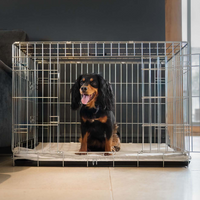



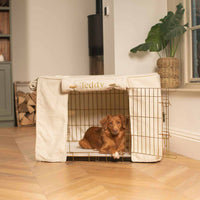
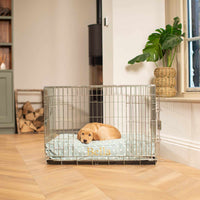
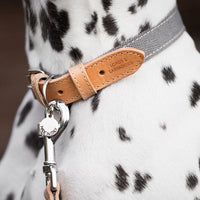

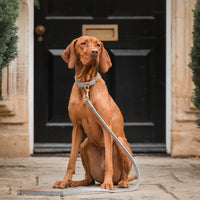


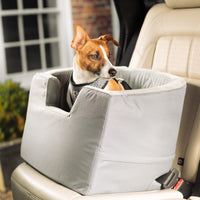
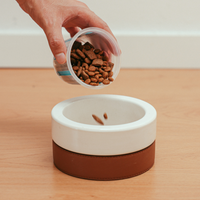
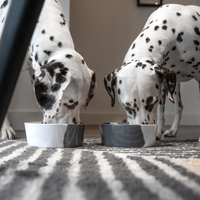



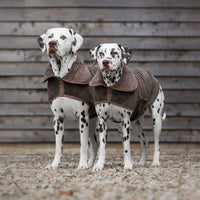
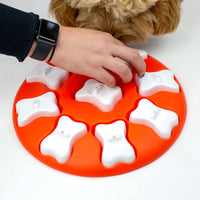

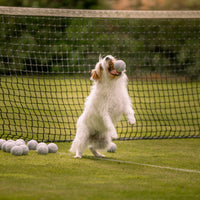
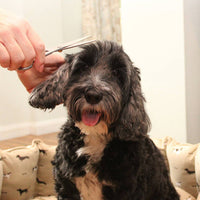
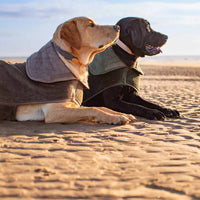














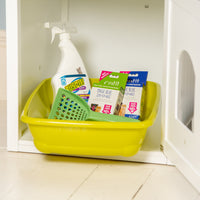


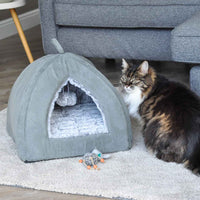









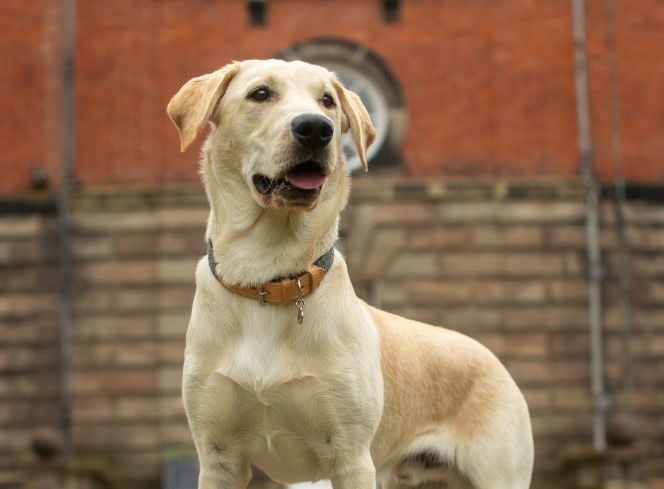


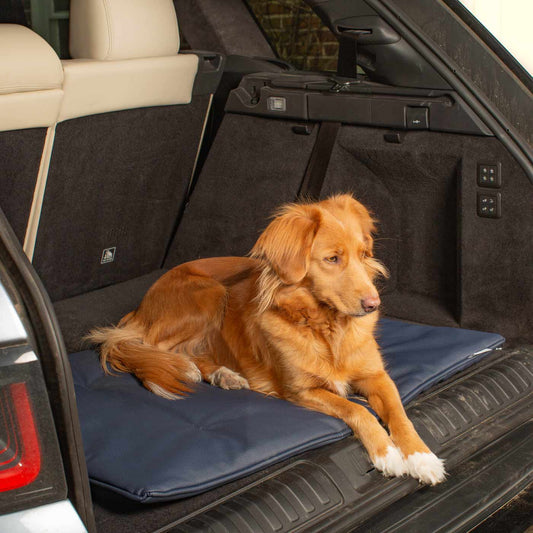





.jpg?v=1727958217793&options=)

































